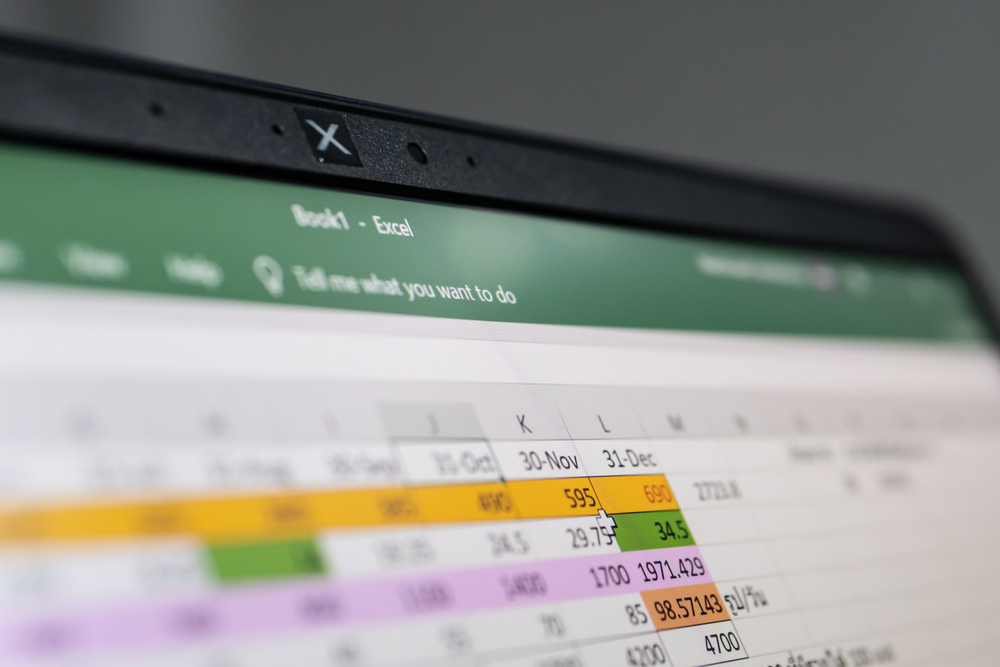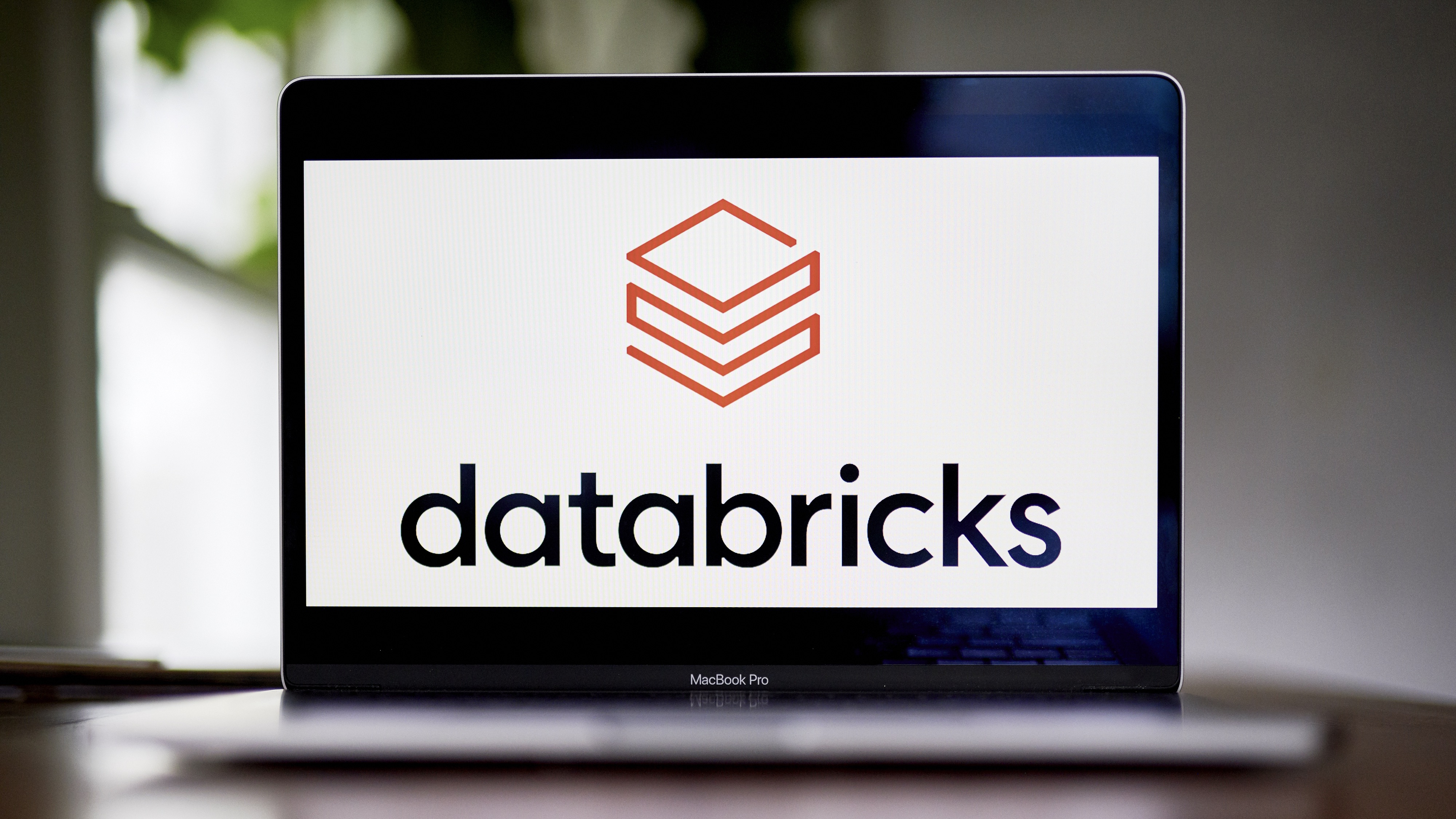NHS Test and Trace IT blunder blamed on Microsoft Excel glitch
The "technical issue" has led to a backlog of thousands of positive tests stretching to 25 September


A “technical issue” identified in the government’s flagship NHS Test and Trace contact-tracing scheme centres on serious limitations in the use of Microsoft Excel to log positive COVID-19 cases.
The government disclosed a technical issue, identified on 2 October, in the data load process that transfers positive COVID-19 lab results to reporting dashboards managed by Public Health England (PHE). This has led to a delay in reporting 15,841 positive COVID-19 cases, with some results stretching as far back as 25 September.
The IT blunder itself arose because the Excel spreadsheet being used to collect positive test results reached its maximum file size, which stopped new names being added in an automated process, according to the Press Association (PA).
To rectify this issue, the Excel files have been split into many smaller files so such a problem doesn’t arise in the future.
Further reports, circulating online, suggest a similar explanation, with the number of Excel columns instead reaching their peak of 16,384 rather than the spreadsheet file size reaching its maximum.
Reports also suggest the positive cases data is normally moved from Excel to Access before feeding into PHE’s reporting dashboards. It should be noted that PHE only reports the data it receives, which itself is collected by NHS Test and Trace.
However, neither explanation for the reporting blunder, nor the precise data transfer mechanism, has been confirmed by official sources. The health secretary Matt Hancock is expected to address the issue in a statement in the House of Commons this afternoon.
Get the ITPro daily newsletter
Sign up today and you will receive a free copy of our Future Focus 2025 report - the leading guidance on AI, cybersecurity and other IT challenges as per 700+ senior executives
“A technical issue was identified overnight on Friday 2 October in the data load process that transfers COVID-19 positive lab results into reporting dashboards,” the government said in a statement published online. “After rapid investigation, we have identified that 15,841 cases between 25 September and 2 October were not included in the reported daily COVID-19 cases. The majority of these cases occurred in most recent days.”
“NHS Test and Trace and PHE have worked to quickly resolve the issue and transferred all outstanding cases immediately into the NHS Test and Trace contact tracing system and I would like to thank contact tracing and health protection colleagues for their additional efforts over the weekend.”
RELATED RESOURCE

As a result of the backlog, there were an additional 12,871 cases reported on Saturday evening and 22,961 cases reported on Sunday evening, including thousands of out-of-date positive test results.
NHS Test and Trace had previously come under fire because its organisers launched the programme without conducting a Data Protection Impact Assessment (DPIA). Following legal action, the government conceded the scheme violated GDPR as a result of not being reinforced with a completed DPIA, although its organisers would argue that getting the system off the ground took priority.

Keumars Afifi-Sabet is a writer and editor that specialises in public sector, cyber security, and cloud computing. He first joined ITPro as a staff writer in April 2018 and eventually became its Features Editor. Although a regular contributor to other tech sites in the past, these days you will find Keumars on LiveScience, where he runs its Technology section.
-
 Bigger salaries, more burnout: Is the CISO role in crisis?
Bigger salaries, more burnout: Is the CISO role in crisis?In-depth CISOs are more stressed than ever before – but why is this and what can be done?
By Kate O'Flaherty Published
-
 Cheap cyber crime kits can be bought on the dark web for less than $25
Cheap cyber crime kits can be bought on the dark web for less than $25News Research from NordVPN shows phishing kits are now widely available on the dark web and via messaging apps like Telegram, and are often selling for less than $25.
By Emma Woollacott Published
-
 What does the Data Protection and Digital Information (DPDI) Bill mean for small businesses?
What does the Data Protection and Digital Information (DPDI) Bill mean for small businesses?In-depth Everything SMBs need to know as soon-to-be-updated data protection regulations make compliance easier and reduce costs
By Kate O'Flaherty Published
-
 Will the NHS Federated Data Platform transform UK healthcare?
Will the NHS Federated Data Platform transform UK healthcare?In-depth Plans to create a data platform in partnership with the private sector could revolutionize NHS treatment, but concerns over data privacy and security are festering
By Jonathan Weinberg Published
-
 Databricks injects array of AI tools into Lakehouse
Databricks injects array of AI tools into LakehouseNews Lakehouse IQ and Lakehouse AI, businesses can build better internal chatbots and create their own LLMs
By Keumars Afifi-Sabet Published
-
 How LaLiga championed big data to transform data analytics in sport
How LaLiga championed big data to transform data analytics in sportCase Study Spain’s premier football division is hoping to transform not just football but sport as a whole with its data analytics efforts
By Elliot Mulley-Goodbarne Published
-
 How intelligent insights drive business innovation
How intelligent insights drive business innovationWhitepaper Intelligent insight
By ITPro Published
-
 Appian World: Company launches ‘hands-on’ process mining program for customers
Appian World: Company launches ‘hands-on’ process mining program for customersNews Appian plans to widen process mining takeup, and make the once lengthy approach work in real time
By Rory Bathgate Published
-
 Drive digital transformation with IBM process mining
Drive digital transformation with IBM process miningWhitepaper A process discovery, analysis and monitoring technique to help businesses succeed throughout the entire DX journey
By ITPro Published
-
 Microsoft acquires process automation specialist Mint
Microsoft acquires process automation specialist MintNews It marks yet another move for Microsoft into a market expected to be worth around $11 billion by 2030
By Bobby Hellard Published